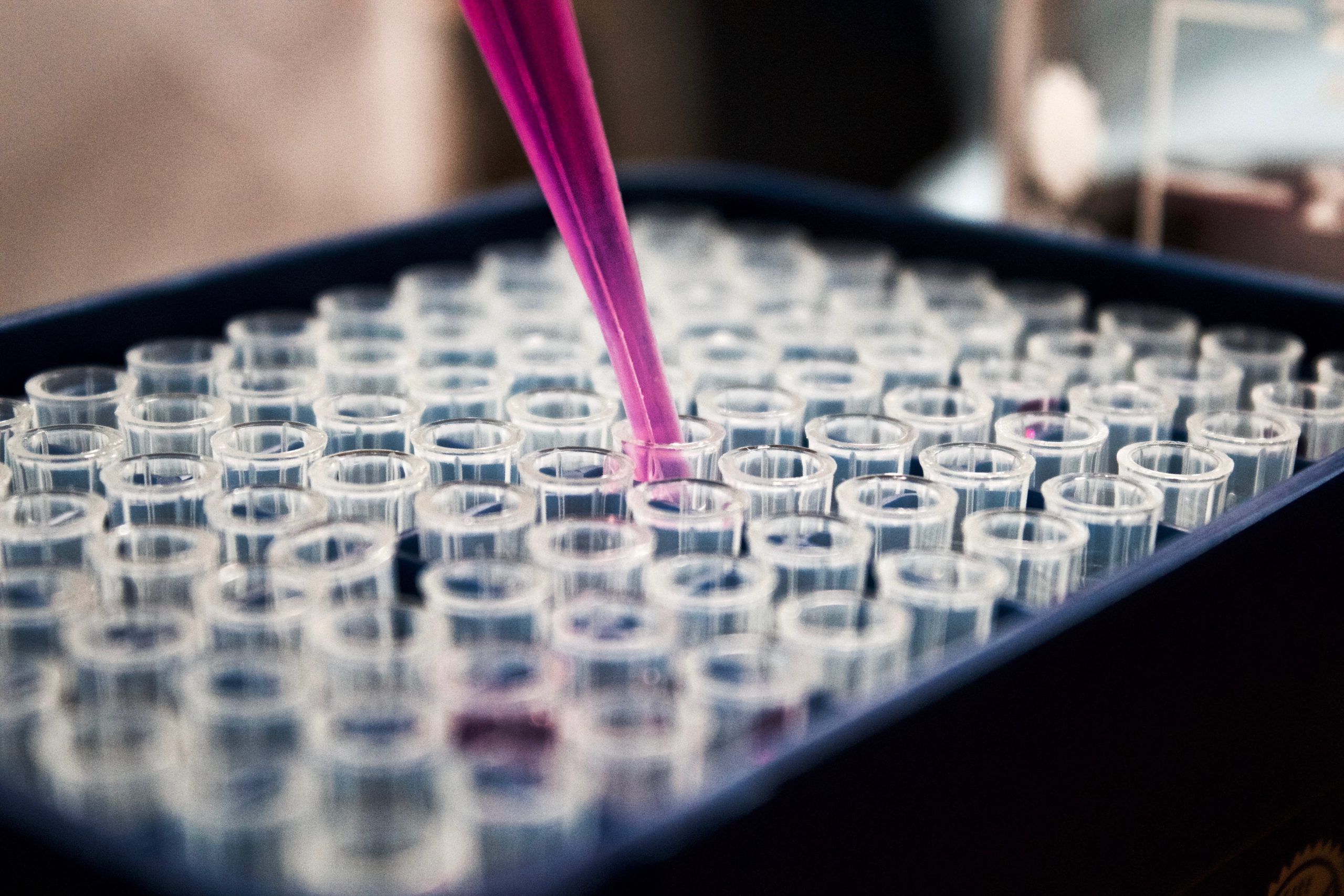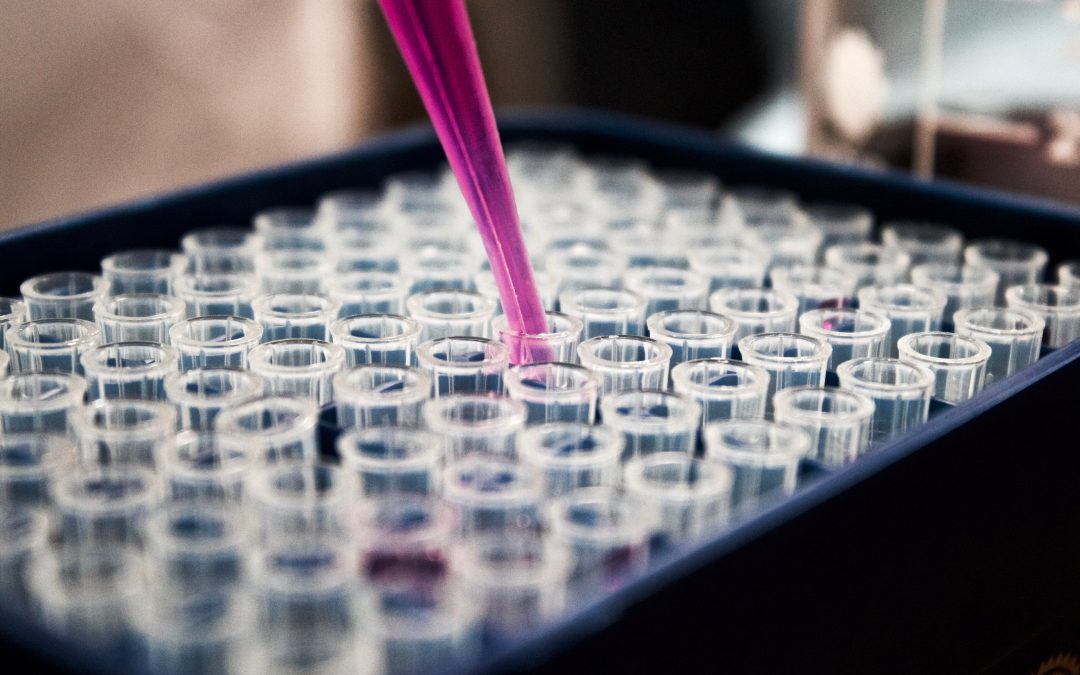
(Photo by Louis Reed on Unsplash)
A stem cell transplant, also known as a bone marrow transplant, is a procedure in which a patient receives healthy stem cells to replace damaged or diseased stem cells. Stem cells are undifferentiated cells that have the ability to self-renew and differentiate into specialized cells, such as blood cells, skin cells, and nerve cells.
There are two main types of stem cell transplant: autologous and allogeneic. Autologous transplants use the patient’s own stem cells, which are harvested and stored before the patient undergoes chemotherapy or radiation therapy. After the chemotherapy or radiation therapy, the stem cells are infused back into the patient’s bloodstream, where they can begin to produce new blood cells. Allogeneic transplants use stem cells from a donor who is matched to the patient. The donor can be a sibling, parent, or unrelated person. Allogeneic transplants are often used to treat patients with Leukemia, lymphoma, and other blood cancers. Stem cell transplants are a complex and risky procedure, but they can be lifesaving for patients with serious diseases. The success of a stem cell transplant depends on a number of factors, including the patient’s age, health, and the type of disease being treated.
Side Effects of Stem Cell Transplant
Stem cell transplants can have a number of side effects, including: Infection, Graft-versus-host disease (GVHD), Bleeding, Anemia, Thrombocytopenia (low platelet count), Neutropenia (low white blood cell count), Fatigue, Nausea and vomiting, Diarrhoea, Hair loss, Mouth sores, Skin problems and Weight loss.
The severity of these side effects varies from person to person. Some patients experience only mild side effects, while others experience more severe side effects.
Recovery from Stem Cell Transplant
The recovery period after a stem cell transplant can be long and difficult. Patients typically need to stay in the hospital for several weeks after the transplant. During this time, they will be monitored closely for signs of infection, GVHD, and other complications. Once patients are discharged from the hospital, they will need to continue to see their doctor regularly for follow-up care. The length of time that patients need to follow up with their doctor varies depending on the type of transplant they received and the side effects they experience.
In conclusion, Stem cell transplants are a complex and risky procedure, but they can be lifesaving for patients with serious diseases.
If you are considering a stem cell transplant, it is important to talk to your doctor about the risks and benefits of the procedure.

